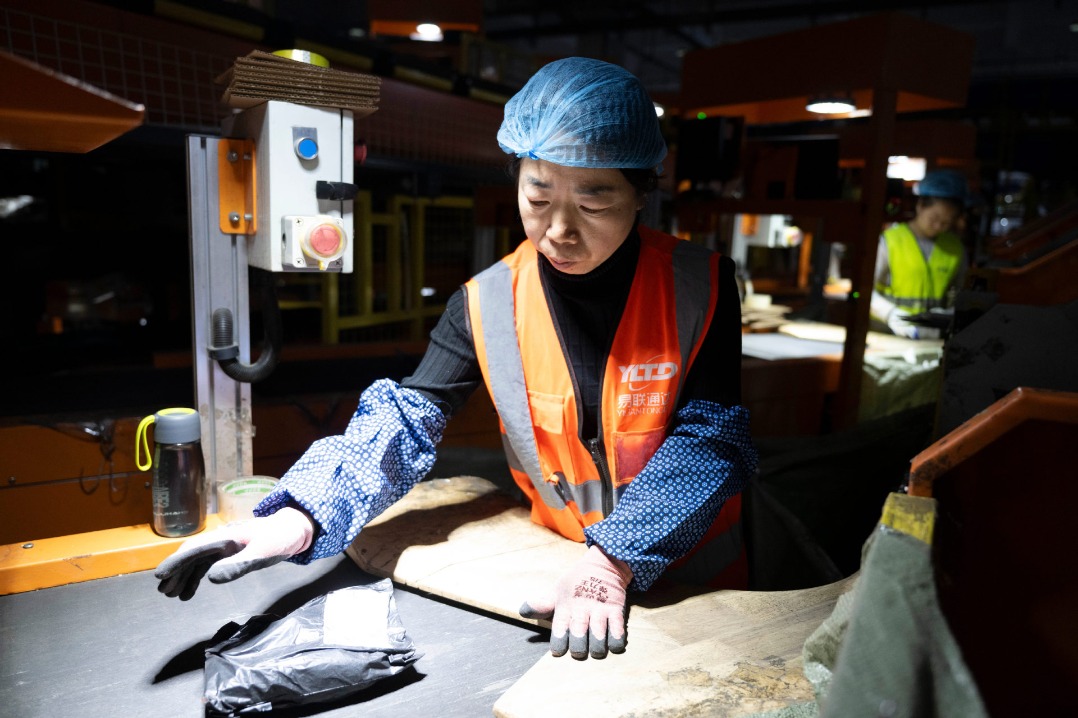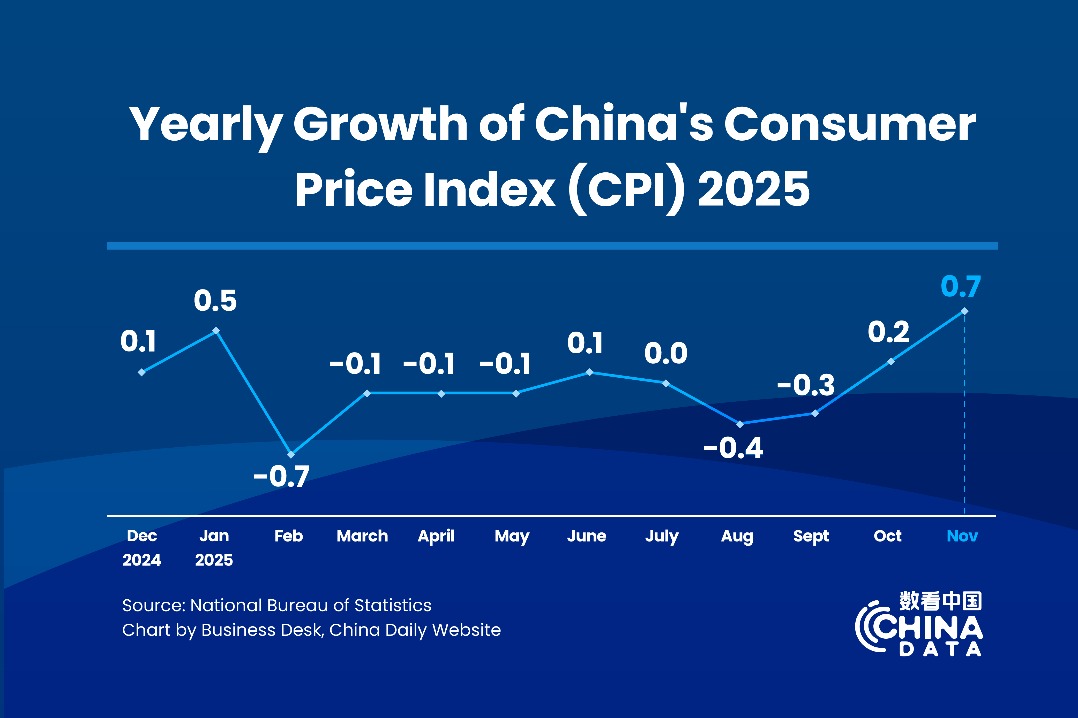Dismal data spark hopes of policy support


COVID-19 resurgence hits both mfg and services; experts expect stimulus
The recent COVID-19 surge in China has affected both manufacturing and services in March, necessitating more policy support to hard-hit smaller businesses, experts said on Wednesday.
The epidemic's impact, they said, can be discerned from the latest readings of the Caixin purchasing managers index, which indicated a contraction in both services and manufacturing activity last month.
Business activity in March fell at the quickest pace since February 2020.
The Caixin China General Composite PMI, a privately surveyed gauge of economic health, fell from 50.1 in February to 43.9 in March, marking the lowest level since February 2020. PMI readings below 50 point to contraction.
Notably, the PMI for the services sector took the brunt of the COVID-19 resurgence and dropped to 42 last month, versus 50.2 a month earlier, with both supply and demand in the sector contracting sharply, media group Caixin said in a report on Wednesday.
The manufacturing PMI also dipped to 48.1 in March from 50.4 in February amid shrinking production, declining new orders, longer delivery times and higher cost pressure, according to Caixin.
"At present, China is facing the most severe wave of outbreaks since the beginning of 2020. Uncertainty also increased abroad," said Wang Zhe, senior economist at Caixin Insight Group.
With the rise in geopolitical tensions and fluctuations in the global commodity markets, the convergence of multiple factors has heightened the downward pressure on the Chinese economy, Wang said.
The World Bank said in its East Asia and the Pacific Economic Update on Monday that China's GDP is forecast to grow 5 percent this year in the baseline scenario, down from its October forecast of 5.4 percent, citing the impacts of a spike in COVID-19 infections and continued strains on overleveraged real estate firms.
The rising economic headwinds have necessitated more support for suffering market players, especially the more vulnerable small and medium-sized enterprises, experts said.
"Policymakers should pay attention to vulnerable groups and enhance support for key industries and small and micro businesses to stabilize market expectations," Wang said.
Yin Jinshan, general manager of Hubei Kingshan Lighting Electrico, a Wuhan-based exporter of emergency home appliances such as rechargeable fans, said he looks forward to stepped-up efforts to make financial support more available for SMEs.
According to him, the COVID-19 resurgence has added more cash flow pressure to SMEs by bringing in more uncertainties when it comes to logistics and market orders.
For instance, a batch of the company's fan products to be delivered to Southeast Asia suffered a delay of around two weeks due to clogged logistics at ports in the Pearl River Delta, a manufacturing powerhouse that saw a COVID resurgence in March and is home to some of the company's suppliers.
That means its clients would have missed at least two weeks to sell more fans, which will eventually result in sales loss of the clients and a reduction in market orders for the exporter, Yin said.
Wang Tao, head of Asia economics and chief China economist at UBS Investment Bank, said local governments with strong fiscal capacity may roll out local stimulus measures to support SMEs and consumption in the face of growing downward pressure.
More macroeconomic policy support at the national level can also be expected, Wang said. Credit growth may strengthen in the next few months, likely to be achieved by cuts in the reserve requirement ratio, other liquidity facilities and a further easing of credit policy, including for the property sector.
"These policies can help to get a rebound in economic activity in the second quarter," she said, adding whether second-quarter growth will be faster than that in the first one still depends on how long the current COVID-19 wave will last and how tight the epidemic controls will be.




































